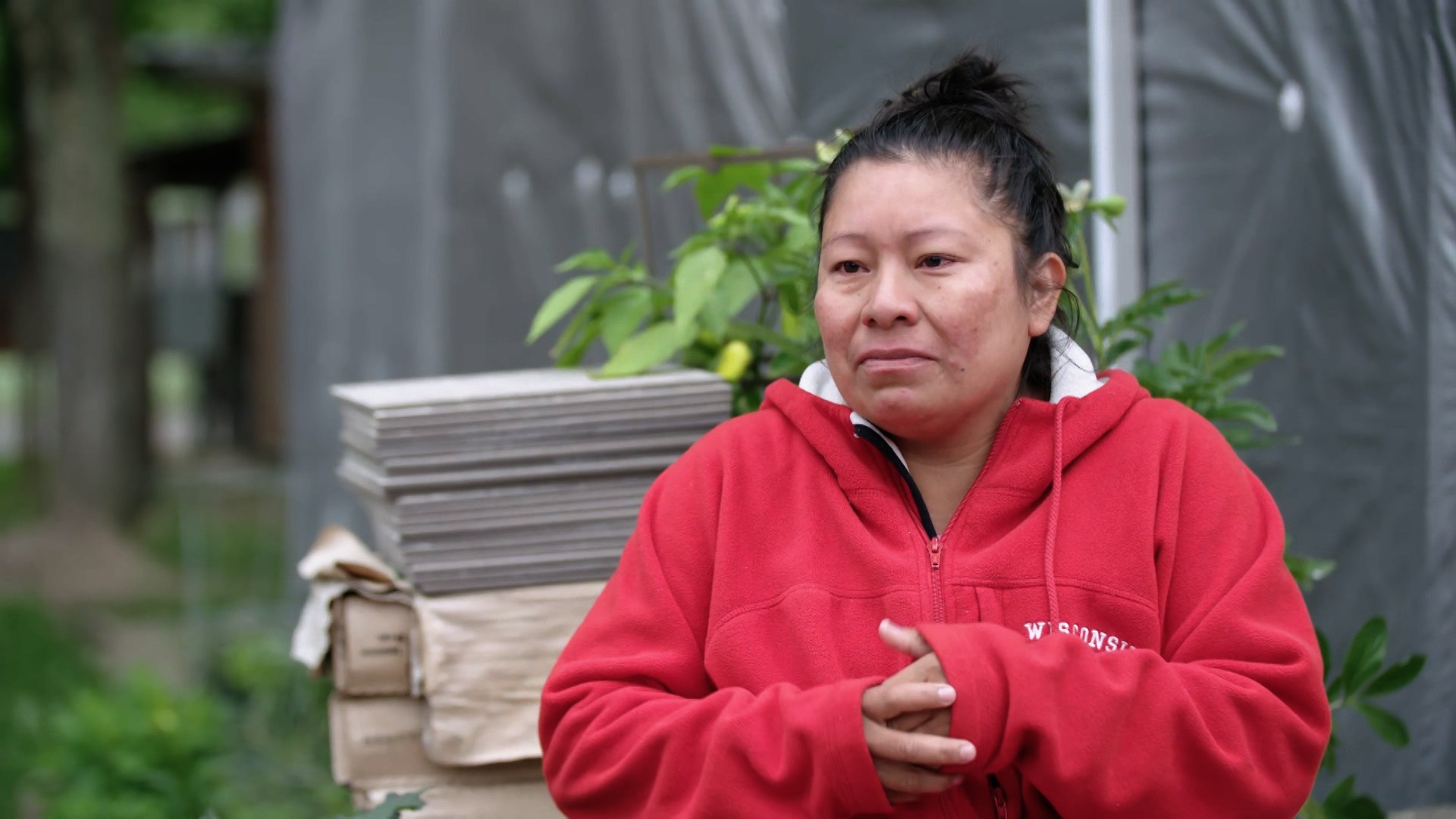President Trump may have reversed his administration’s policy of separating children from their parents, but there’s still major concern about the fate of 2,300 immigrant children — many of whom are fleeing violence and seeking asylum — who were separated from their families since the administration’s “zero tolerance” policy was enacted in April.Amid widespread outrage, the DHS revealed that around 500 of the children, most of whom have traveled from Central America, have been reunited with family since May, the Associated Press reported late Thursday evening. One caveat: They might have been connected with sponsors or other family members in the U.S., not necessarily the parent they were separated from at the border, the New York Times reported.The U.S. Immigration and Customs Enforcement and Health and Human Services are attempting to set up a centralized reunification process in Texas, but many details of the plan are unclear, according to the AP. There isn’t any clear plan on how long it will take or if the children will be transferred to family detention facilities with their parents — some of the parents have already been deported without their children.Currently, these unaccompanied children, from babies to teens, are still being held in Customs and Border Protection facilities and Office of Refugee Resettlement shelters all over the country, in at least 15 different states, waiting for their parents to find their way through federal courts on misdemeanor charges. The kids are sometimes taken there under cover of night and not given much information. Their files of personal information are reportedly sometimes scant or incorrect, and most of the kids do not speak much if any English.The shelters range from temporary tent cities in the South Texas desert to renovated Walmarts to foster care services run by religious organizations to "tender-age" centers for babies and toddlers. In Texas alone, there are more than 30 shelters for migrant children, with some images from a Brownsville site showing cage-like enclosures and boys housed 5 to a room. The largest operator, Southwest Key, was holding almost 4,000 children as of mid-May in 17 facilities, according to the Texas Tribune.Taking the children — as young as infants and as old as 17 — from their parents is a move the United Nations' human rights chief called “child abuse,” and Mexico says it violates human rights. Experts worry about long-term mental-health effects from the trauma of separation, and the president of a national pediatric association said she was shaken by what she saw at one shelter in Combes, Texas.“She was just inconsolable. … We all knew why she was crying,” Dr. Colleen Kraft, president of the American Academy of Pediatrics, told CNN about one young girl. “She was crying because she wanted her mother, and there was nothing we could do.”In an audio recording released by ProPublica from inside one detention facility, children can be heard crying and sobbing out for their “mama” and “papa.” In photographs released by CBP, children are seen sitting inside large cages. And these are just the centers we’ve seen — reporters and lawmakers have been banned from most of the centers.“It seems that the administration lacks a plan, intention, and a sense of urgency to begin reuniting these children — many of whom suffered serious emotional anguish — with their parents,” Democratic leaders Sen. Chuck Schumer and Rep. Nancy Pelosi wrote in a letter to Trump on Thursday. “The administration has the authority and the resources to immediately begin the process of family reunification. Any delay in doing so is simply unacceptable.”The bottom line is that reuniting these families after they’ve been separated is extremely difficult.They began being separated at a higher rate after Attorney General Jeff Sessions’ announcement of a new zero tolerance immigration policy, which originally required that people caught trying to enter the country illegally be immediately arrested and detained without their children. After Trump signed the executive order Wednesday reversing the policy, the families are now expected to be detained together. But in just the few months that the separation policy was in place, migrant children held in U.S. government custody without their parents increased by more than 20 percent, according to the Washington Post.“We’re already trying to work on some of these cases, and the parent and the child are caught up in this byzantine system, where there is no established means of communication. It’s basically making our lawyers act like private investigators to try and track them down,” Wendy Young, president of Kids in Need of Defense (KIND), which provides legal defense to children in immigration court, told TIME Magazine. “There doesn’t seem to be any coherence in the Administration’s planning.”Michele Brané, director of migrant rights and justice for the Women’s Refugee Commission told the Arizona Republic on Friday that it wasn’t until last week — months after separation began — that the federal government began issuing identification numbers to families who were separated at the border in McAllen, in South Texas. That could have helped families reunite, but they may have started issuing them too late, Brané told the Republic.And now that children are supposed to be held with their parents, confusion has taken over border cities, the New York Times reported. The government is considering sheltering more than 20,000 migrant children at military bases, as the other temporary housing reaches capacity.“There’s conflicting instructions being given,” Michelle Brané, the director of Migrant Rights and Justice at the Women’s Refugee Commission, told the Times on Thursday. “It’s another example of this administration making these big, bold policy announcements with no plan for how they are going to implement them. It’s adding to the chaos on the ground.”
Advertisement
Some parents have already been deported without their kids
Advertisement
The administration has the authority to immediately begin reunification
Advertisement
Parents and children are caught up in a "byzantine system"
